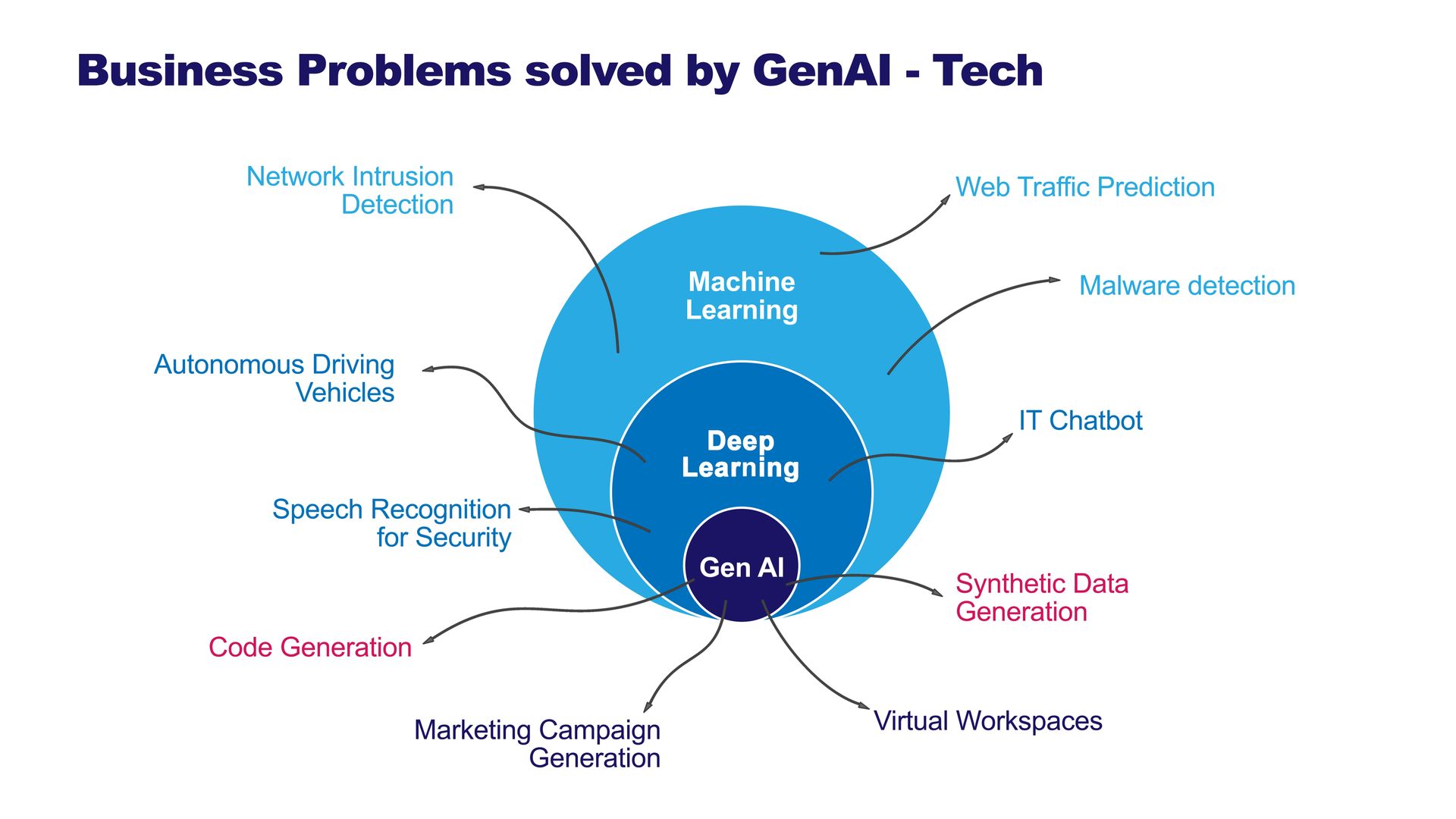Your Customers Are Talking. Is Your AI Listening?
October 9, 2025
Choosing the right conversational AI partner is a critical decision

Conversational AI is everywhere, promising to revolutionize the customer experience. But let's be real—not all AI is created equal, especially in the high-stakes world of financial services. Choosing the wrong platform can lead to clunky interactions, frustrated customers, and a stalled ROI.
At Menadena, our mission is to help business leaders like you buy better, buy faster, and buy smarter. That means cutting through the hype and giving you a clear framework to evaluate the technology that will actually drive your business forward. When it comes to conversational AI, you need a solution that's not just "enterprise-ready" on paper but built on a modern, AI-native foundation.
Here’s a four-point framework to help you separate the game-changers from the laggards.
1. The Voice Experience: Does it Sound Human? 🗣️
The first test is simple: Does it sound natural? Customers today expect seamless, fluid conversations. Older AI platforms often suffer from awkward pauses and robotic tones that create friction and frustration.
When evaluating a voice AI solution, look for:
- Low Latency: The delay in response should be minimal, ideally under 1.2 seconds, to eliminate those unnatural gaps that scream "I'm talking to a bot".
- Brand Alignment: The platform should offer thousands of customizable tones and personas. This allows you to design a voice experience that truly reflects your brand, which can measurably improve customer satisfaction (CSAT).
The goal is a lifelike interaction that leads to higher first-contact resolution and happier customers.
2. Deployment Speed: Are We Talking Months or Hours? ⏱️
Traditionally, the most time-consuming part of launching a virtual assistant is the design phase. Manually mapping out workflows, writing scripts, and designing conversation flows can take months.
A truly AI-native platform flips this model on its head. Instead of manual design, the system should be able to ingest your existing data—like thousands of call and chat transcripts—and automatically generate production-ready workflows.
This is a massive shift. One financial services firm, for example, analyzed 10,000 call transcripts and generated deployable workflows for its top three customer intents in a single business day. A process that was previously estimated to take two months. The business impact is clear: a drastically reduced development time and a much faster path to value.
3. Continuous Improvement: Does it Get Smarter on its Own? 🧠
A static AI is a dumb AI. A top-tier platform should be built for continuous improvement with minimal manual effort. This isn't just about occasional updates; it's about the system's ability to learn and adapt in real-time.
Look for two key features:
- Automated QA: The platform should use AI agents to automate end-to-end testing of use cases. This can reduce pre-deployment testing cycles by an average of 70%, ensuring higher quality and reliability from day one.
- Self-Learning from Humans: The AI should be smart enough to recognize when a conversation is handed off to a human agent. It should then learn from that interaction and automatically suggest new workflows or knowledge articles to handle similar situations in the future. This ensures your automation rates get higher over time.
4. Enterprise Readiness: Is it Truly Built for Finance? 🏦
For a global financial institution, "enterprise-ready" is about more than just a marketing slogan. It requires a specific set of capabilities proven at an immense scale.
Your checklist must include:
- Security & Compliance: Non-negotiable certifications like SOC 2 Type II and ISO 27001, along with compliance for regulations like GDPR and CCPA, are table stakes.
- Data Control & Flexibility: A modern platform should have a flexible architecture (often using multiple Large Language Models, or LLMs). This gives you the flexibility to use the best model for any given task while maintaining full control over data privacy and PII anonymization.
- Proven Scalability: The architecture must be proven to handle billions of conversations annually with exceptional reliability and high availability.
Buy Smarter, Not Harder
Choosing the right conversational AI partner is a critical decision. By focusing on these four pillars - voice experience, deployment speed, continuous improvement, and true enterprise readiness - you can ensure you're investing in a platform that will deliver real, measurable business outcomes.
Ready to find an AI solution that will accelerate your automation roadmap? Let Menadena help you ask the right questions and buy smarter.





